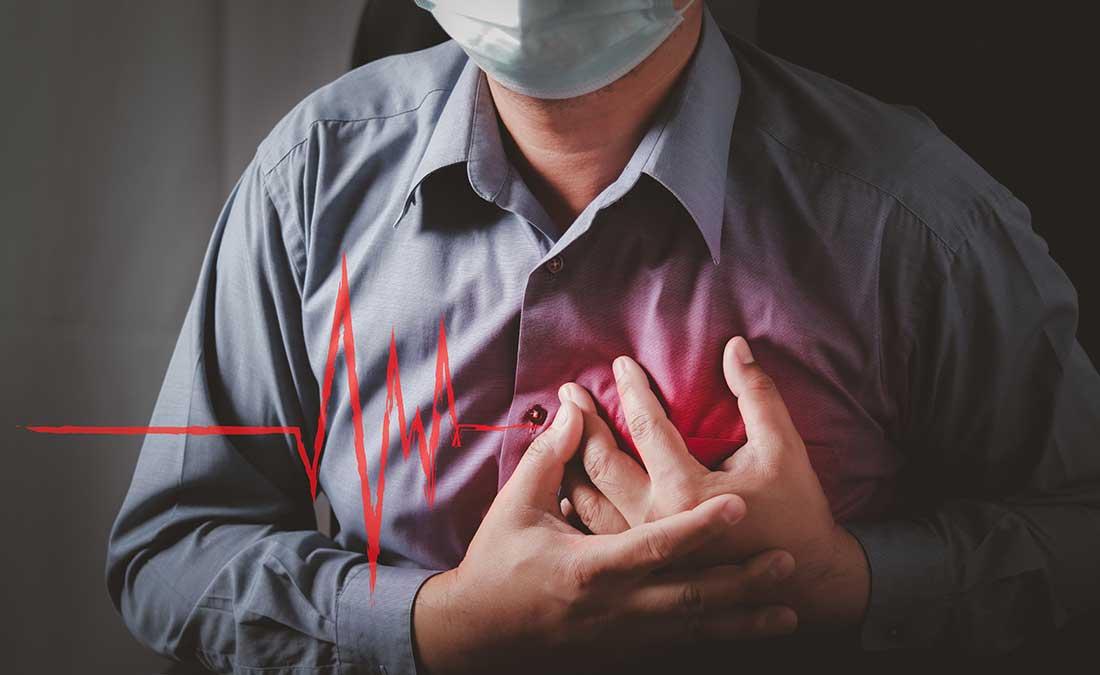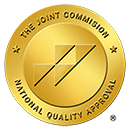4 Signs You Might be Having a Stroke

Close to 800,000 people in North America suffer a stroke every year. Knowing the symptoms and what to do if you suspect a loved one (or yourself) of having a stroke can save vital minutes in getting treatment, minimizing the damage the stroke does.
Different Types of Stoke
Ischemic Stroke – This is the most common kind of stroke, happening when a blood vessel that supplies the brain becomes blocked. Atherosclerosis (the buildup of fatty deposits in the arteries) causes blood clots, which then cut off the blood supply to the brain, resulting in a stroke.
A so-called ‘mini stroke’ is the result of a temporary blockage. Symptoms are similar and can last from minutes to hours. These strokes are called transient ischemic attacks (TIA), and while they don’t normally cause permanent damage to the brain, they should be taken as serious warning signs.
Hemorrhagic Stroke – Less common but no less serious, this happens when a patient’s blood vessels become weakened and bleed into the brain.
Warning Signs of a Stroke
Strokes have various warning signs you can watch out for:
- Numbness or weakness in arms, legs, or facial muscles
- Difficulty in understanding people or in speaking
- Vision problems in one or both eyes
- Dizziness or balance problems
A common acronym for remembering stroke symptoms is FAST, which means:
- Face Drooping on one side – ask them to smile and note the differences
- Arm weakness – ask them to raise both arms and notice difficulties in holding one up
- Speech problems – ask them to repeat a phrase
- Time to call 911 if any or all of the symptoms are present
Strokes do their damage fast, so prompt emergency room treatment is vital. In stroke situations, even a couple of minutes can make all the difference in the rate of recovery the patient experiences.
What to Expect in the Emergency Room
The different types of stroke are treated in various ways:
Ischemic Stroke Treatment
On arrival at the emergency room, treatment will begin as soon as possible.
- Aspirin – often the first form of treatment. As a powerful medication to prevent blood clots, giving aspirin immediately can reduce the chances of subsequent strokes.
- Tissue Plasminogen Activator (TPA) – This is another powerful drug that dissolves blood clots, and is usually administered through a vein in the arm. Also known as alteplase, treatment needs to begin within 4.5 hours of the onset of symptoms and may help victims make a fuller recovery. There is a risk of bleeding into the brain so your doctor will work to determine if this is a suitable treatment.
Certain treatments may be offered to prevent further strokes:
- Angioplasty or Stents: A catheter is lead up through the groin to the carotid arteries in the neck, then the artery is inflated and a stent inserted to prevent collapse.
- Carotid Endarterectomy: Plaque is removed from the carotid artery through incisions made in the neck. Once the artery is opened, the doctor can safely remove the plaques that, if left, could cause further strokes.
There are other treatments for ischemic strokes, although recent studies indicate they may not be beneficial for everyone. These include:
- The mechanical removal of clots, where a catheter is inserted into the brain. This enables doctors to manually break up the clot to remove it.
- TPA may be administered directly to the brain in some instances, via a catheter inserted into an artery in the groin that’s then gently guided to the appropriate site in the brain. Naturally, this treatment takes longer than intravenous TPA.
Hemorrhagic Stroke Treatment
Focusing on controlling bleeding and reducing pressure on the brain, there are a couple of treatments for victims of this type of stroke:
Counteracting Blood Thinning Drugs – people who take warfarin may need drugs to reverse the effect in order to control bleeding into the brain. Additional drugs may also be given to reduce pressure, prevent seizures, or lower blood pressure. Healing from bleeding into the brain is similar to that of waiting for a bruise to subside. In cases of serious bleeding, surgery may be needed to remove excess blood.
Surgically Repairing Blood Vessels – if damaged blood vessels were the cause of the hemorrhagic stroke, various treatments are available including:
- Clamping an aneurysm to prevent bursting.
- Inserting coils into an aneurysm to block blood flow.
- Surgery to remove malformations in arteries in the brain, if the affected part of the brain is accessible and not too large.
- Intracranial bypasses of blood vessels may be offered to repair poor blood flow.
- Radiosurgery to repair vascular malformations.
In addition to understanding the symptoms, effects, and treatments, it may also speed up treatment if you know the closest medical centers or emergency rooms that are equipped to take care of stroke victims. Hopefully, you’ll never need it, but you’ll be prepared if you do.




